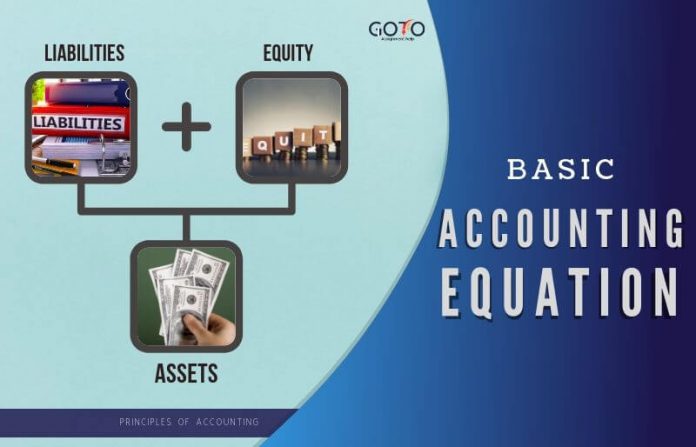
On 10 January, Sam Enterprises sells merchandise for $10,000 cash and earns a profit of $1,000. As a result of this transaction, an asset (i.e., cash) increases by $10,000 while another asset ( i.e., merchandise) decreases by $9,000 (the original cost). Creditors have preferential rights over the assets of the business, and so it is appropriate to place liabilities before the capital or owner’s equity in the equation. We will now consider an example with various transactions within a business to see how each has a dual aspect and to demonstrate the cumulative effect on the accounting equation. In the case of a limited liability company, capital would be referred to as ‘Equity’.

Arrangement #1: Equity = Assets – Liabilities
The accounting equation asserts that the value of all assets in a business is always equal to the sum of its liabilities and the owner’s equity. For example, if the total liabilities of a business are $50K and the owner’s equity is $30K, then the total assets must equal $80K ($50K + $30K). The accounting equation states that a company’s total assets are equal to the sum of its liabilities and its shareholders’ equity. The income and retained earnings of the accounting equation is also an essential component in computing, understanding, and analyzing a firm’s income statement.
Purchase of Equipment in Cash
The major and often largest value assets of most companies are that company’s machinery, buildings, and property. Accounts receivable list the amounts of money owed to the company by its customers for the sale of its products. Assets include cash and cash equivalents or liquid assets, which may include Treasury bills and certificates of deposit (CDs). However, this scenario is extremely rare because every transaction always has a corresponding entry on each side of the equation. Unearned revenue from the money you have yet to receive for services or products that you have not yet delivered is considered a liability. A financial professional will offer guidance based on the information provided and offer a no-obligation call to better understand your situation.
What Are the 3 Elements of the Accounting Equation?
- On 22 January, Sam Enterprises pays $9,500 cash to creditors and receives a cash discount of $500.
- On the other hand, equity refers to shareholder’s or owner’s equity, which is how much the shareholder or owner has staked into the company.
- The accounting method under which revenues are recognized on the income statement when they are earned (rather than when the cash is received).
- This arrangement is used to highlight the creditors instead of the owners.
As its name implies, the Accounting Equation is the equation that explains the relationship of accounting transactions. The Accounting Equation states that assets equals the total of liabilities and equity. Taking time to learn the accounting equation and to recognise the dual aspect of every transaction will help you to understand the fundamentals of accounting.
Long-term liabilities are usually owed to lending institutions and include notes payable and possibly unearned revenue. As transactions occur within a business, the amounts of assets, liabilities, and owner’s equity change. Anushka will record revenue (income) of $400 for the sale made. A trade receivable (asset) will be recorded to represent Anushka’s right to receive $400 of cash from the customer in the future. As inventory (asset) has now been sold, it must be removed from the accounting records and a cost of sales (expense) figure recorded. The cost of this sale will be the cost of the 10 units of inventory sold which is $250 (10 units x $25).
Someone on our team will connect you with a financial professional in our network holding the correct designation and expertise. Our writing and editorial staff are a team of experts holding advanced financial designations and have written for most major financial media publications. Our work has journal entry for accrued income or income due been directly cited by organizations including Entrepreneur, Business Insider, Investopedia, Forbes, CNBC, and many others. Our goal is to deliver the most understandable and comprehensive explanations of financial topics using simple writing complemented by helpful graphics and animation videos.
In the above transaction, Assets increased as a result of the increase in Cash. At the same time, Capital increased due to the owner’s contribution. Remember that capital is increased by contribution of owners and income, and is decreased by withdrawals and expenses.
Parts 2 – 6 illustrate transactions involving a sole proprietorship.Parts 7 – 10 illustrate almost identical transactions as they would take place in a corporation.Click here to skip to Part 7. And we find that the numbers balance, meaning Apple accurately reported its transactions and its double-entry system is working. Analyze a company’s financial records as an analyst on a technology team in this free job simulation. Net value refers to the umbrella term that a company can keep after paying off all liabilities, also known as its book value. It specifically highlights the amount of ownership that the business owner(s) has.
